‘Making a Murderer’: killing it with fans
February 28, 2016
 Since it was released in Dec, “Making a Murderer” has swept the nation. The Netflix original is a 10 part documentary covering the investigation and trial of a murder in Manitowoc County, Wisconsin.
Since it was released in Dec, “Making a Murderer” has swept the nation. The Netflix original is a 10 part documentary covering the investigation and trial of a murder in Manitowoc County, Wisconsin.
The documentary is centered around Steven Avery, the man who is accused of the crime. The case is only made more interesting by the fact that Steven Avery spent 18 years in prison for a rape that he never committed. DNA evidence freed him in 2003, after being convicted in 1985.
Students have not been immune to the craze. 29 percent of students admit to watching the documentary in its entirety, while 35 percent started the series.
“As soon as I started watching, I was hooked. I finished all ten episodes in several days,” junior Julia Gibbs said.
The show is slightly one sided, with a bias towards Avery’s innocence. After the documentary aired, a news frenzy arose containing more evidence from the other side.
“I do believe the show was one sided. If the trial went as long as they said it did, and the jury deliberated for as long as they did, there had to be more evidence pointing towards Avery then they showed,” sophomore Maya Yokanovich said.
One controversial aspect of the case was the involvement of Steven Avery’s nephew, 16 year old, Brendan Dassey. Dassey was interrogated several times without his lawyer present, and often had no idea what was going on. His IQ was just 73, and his attorneys argued that his far below average intelligence gave him a disadvantage.
“That poor kid was manipulated so easily by the Sheriff’s department to say whatever they wanted. He sank his own ship” senior Connor Root said.
Brendan Dassey brought an almost humorous vibe to the show, because he was so relaxed about his murder trial.
“I nearly cried when he was going to jail for 45 years and he asked his mom if he could see Wrestlemania,” Yokanovich said.
Since the series was released, 355,000 have signed the petition to free Steven Avery from prison.
“I would totally sign that petition. I want to see him freed,” Gibbs said.
Some of the draw of “Making a Murderer” is the love and hate that viewers feel for different people on the show. Ken Kratz, the district attorney was generally disliked by everyone, and was later found to be involved in texting scandals and prescription drug addiction.
“Ken Kratz made me want to throw something because he is obviously a bad person who didn’t care about what he was doing to the defendants,” Yokanovich said.
Dean Strang and Jerry Buting were Steven Avery’s defense attorney’s for the case, and are arguably the smartest people in the case. They proved to be unlikely celebrities, with immense crazy on social media centered around them.
“Jerry Buting and Dean Strang are my number one daddies. I have a father crush on them,” Yokanovich said.
After their fame became apparent, they decided to go on tour around the country to different theatres to talk about the case.
“I would go see that immediately!” Gibbs said.
“Making a Murderer” is very controversial, with a huge debate over who is guilty and who is innocent. Also, a lot of controversy is now focused on the judicial system and its shortcomings.
“It really made the judicial system in Wisconsin look bad, especially when they denied all of his appeals. The evidence really didn’t point to Avery, so I think the state of Wisconsin and the Sheriffs Department messed with it,” said Yokanovich.
Though the show is a documentary, some would argue that it is a comedy because of everyone’s haircuts and Minnesotan accents.
“Their accents geek me out, and the real felon in Manitowoc County is the barber,” Yokanovich said.
The series has generated over 22 million viewers in the two months it has been on Netflix.
It is clear that people love a good case.



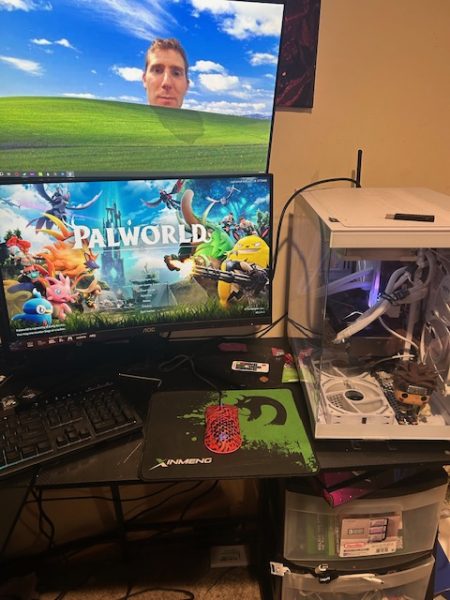
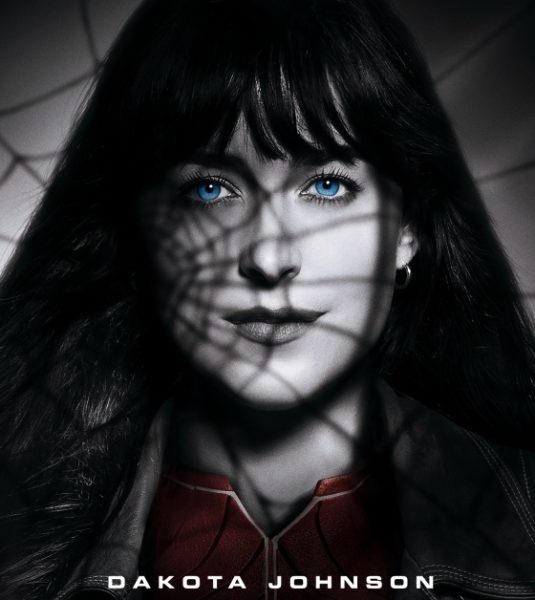
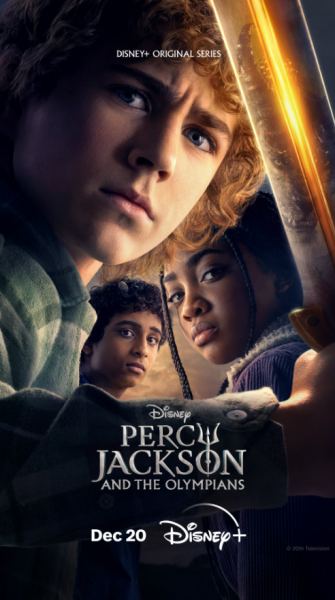
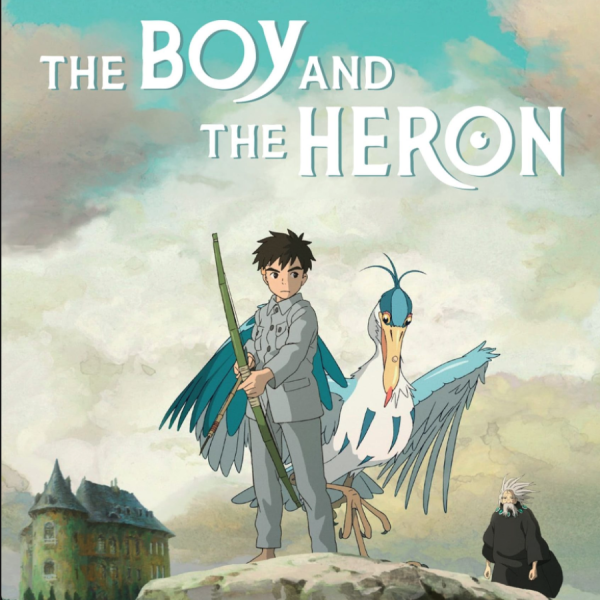




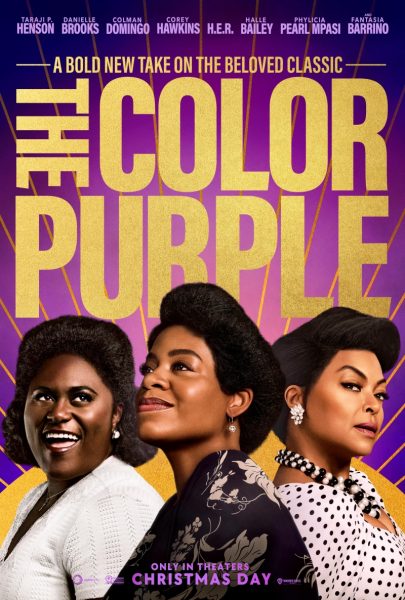
Liv Krusinski • Mar 29, 2016 at 11:00 am
Very well written article. You got great quotes. I like how you admitted the show was slightly biased, it makes the article seem honest and easier to trust as a source. Your research was very thorough.
Taylor Johnston • Feb 29, 2016 at 12:06 pm
I love the article title, it is very effective and shows that the show is a hit. Very good use of quotes and they are not bland. He did his research and it shows. I love how he ended it it was a great way to wrap up the article in a non-boring way. This was a very well written piece.